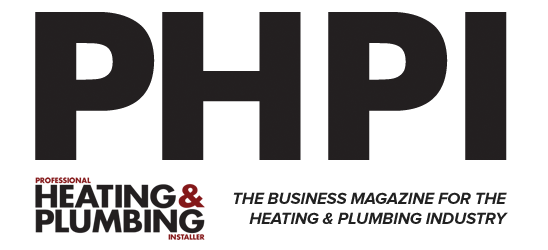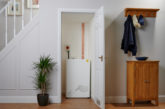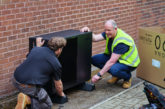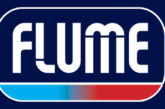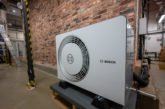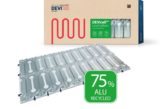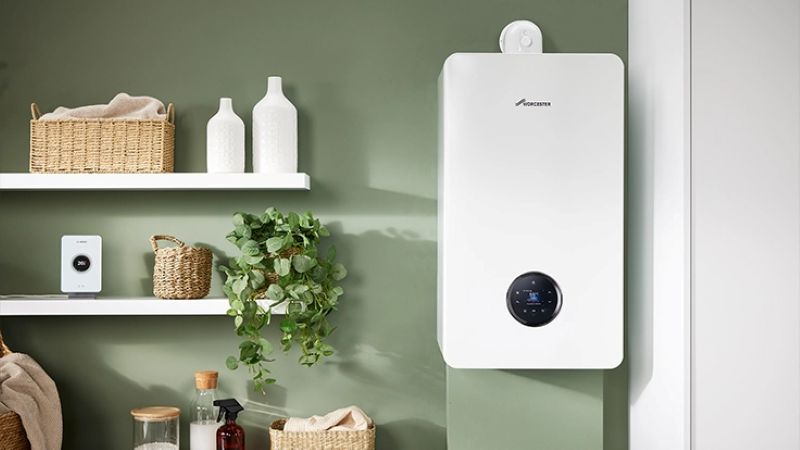
Education and technical advancements play equal parts in reducing installation time, says Steven Worthington, Technical Training Engineer at Worcester Bosch.
As a MultiTech heating manufacturer, we’re constantly looking for ways that we can make installers’ lives easier, by designing products that are simple to install and to understand. For our boilers, we’ve made as many physical design changes as we can to ensure smooth installation. But there are still other elements to consider that can quicken the process.
Wall mounting jig or wall plate?
Although we now use wall plates on some of our budget friendly boilers, our premium ranges uses traditional mounting jigs. Jigs allow better access to pipe connections, allowing for quicker installation and more room. Wall mounting jigs are particularly useful in unoccupied properties where boiler thefts can occur. With a wall mounting jig the boiler can be easily removed and stored in a safe location until the property is occupied. Some appliances use a simple switch method with the new jig accommodating pipes, flue and screw holes from the new boiler’s predecessor. Probably the easiest install an engineer can undertake
Standardising components
When it comes to servicing and repairs, we’ve standardised many components, making some spares compatible with a range of appliances rather than being model-specific like in the past. This lowers potential van stock and makes service and repairs easier.
Across our industry, we’ve also standardised the pipe layout. Previously, when it came to switching boilers, installers would have to spend an hour or two altering all the pipework underneath the boiler. Now, regardless of what Worcester boiler you’re fitting, there are minimal alterations that need to be made.
Cutting commissioning time
We’ve made huge leaps recently in commissioning the boilers, saving installers 15 – 20 minutes per installation. In newer models, we have a comprehensive screen on the boiler that helps installers range rate boilers. Installers can check settings, limit certain values and take readings easily.
Previously, installers had to have all separate test devices like flow cups and thermometers, but now, this can now be accessed from the screen.
System cleaning
The biggest issue installers face is cleaning the system when fitting a new boiler. If you were to buy a new car, you wouldn’t put old engine oil in it. The same goes for boiler upgrades.
Installers need to clean the central heating system to avoid contamination. By flushing the system, new products are set up for success, increasing the efficiency and lifecycle. We don’t want boilers to be replaced prematurely and building regulations have changed to make system cleaning more of a focus for the industry.
To support installers, they can purchase system packs which include all the components such as filters and chemicals needed to clean the system. This can be more convenient than buying all the products individually.
Education is key
These days, there is more accessibility to instructions. Whether that be the manuals that come with the boiler, or having access to live product support via phone and email.
We offer video calls via our Virtual Tech service, so if any installer is stuck on-site and needs instant support, we can do a quick video call to see what they see and guide them from there.
Before Virtual Tech, it was a long-winded process with installers having to send a photo via email, then wait for a response and so on. Now this process can be completed in a matter of minutes, instead of hours. It’s an example of how we’ve looked to innovate to match installer needs.
There are plenty of instructions available on digital platforms, including our website and app, as well as third-party apps. We also have a Facebook training page for hints and tips, making information more accessible than ever before.
Mobile training
I’m a member of the mobile training team. The beauty of being able to get in my van, which has a classroom in the back, means installers don’t have to come off the tools or come into a training centre for a day. I can turn up on site, give them a bespoke training session and help out with any additional queries.
I also encourage installers to read, read, read. I know reading an installation manual isn’t the most compelling content, but taking the time to sit down and read these manuals can be the difference between finishing that tricky job early on a Friday and having to stay late.
At the point of sale, knowing a product’s features, benefits and efficiency potential is vital. By explaining and educating a customer about energy-saving features like range rating and the benefits of lower running temperatures, an installer can really make their expertise, experience and trust shine through.
Any installer can fit a boiler on the wall, turn it on and walk away. But turning it on, setting it up efficiently to a specific environment is what sets good service apart, all of which builds reputation and leads to future success.

